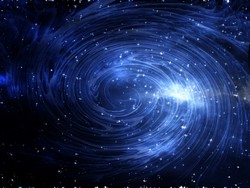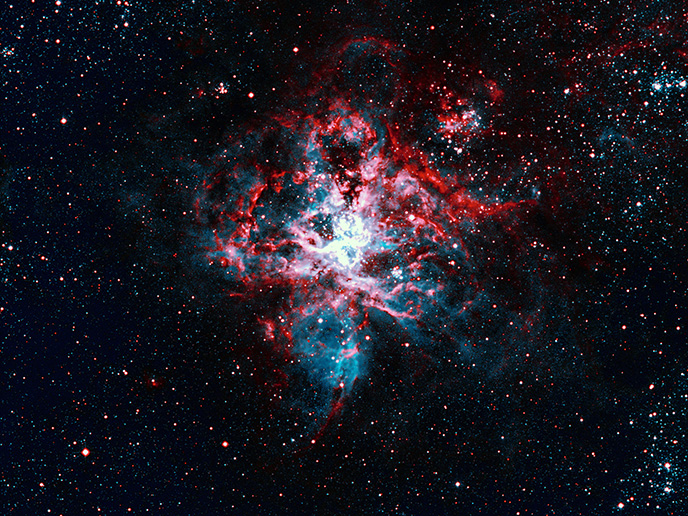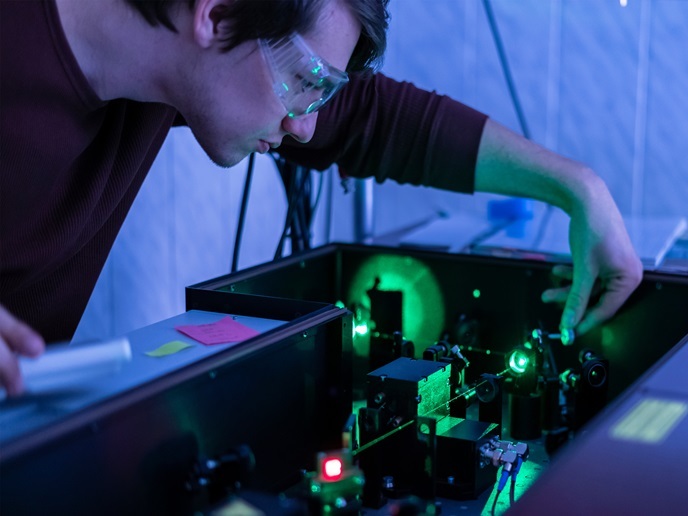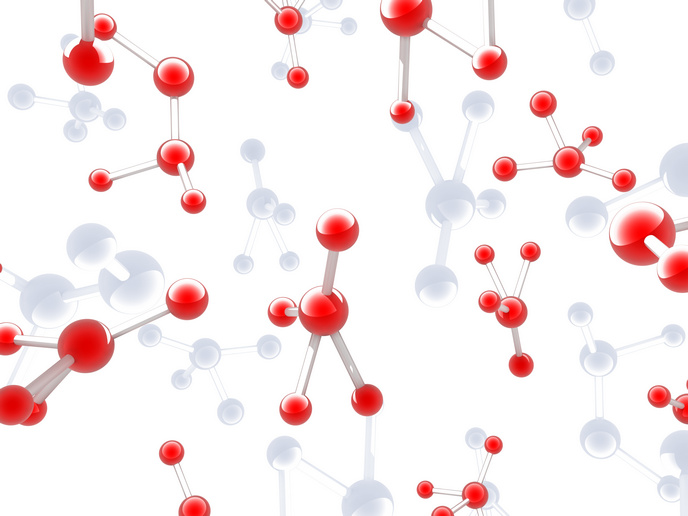A new window on the universe
Albert Einstein predicted the existence of gravitational waves more than a century ago. In 2015, physicists working with the Laser Interferometer Gravitational-wave Observatory (LIGO), a pair of gigantic instruments in Hanford, Washington and Livingston, Louisiana in the United States, detected these ripples in space-time for the first time. This discovery required a history of hunting and, more importantly, enormous technological progress. To expand the reach of gravitational-wave detectors, EU-funded scientists have explored different approaches promising to overcome quantum mechanical limits. The EAGLE (Exploring quantum aspects of gravitational wave detectors) project was devoted to a systematic study of these approaches considering their complexity and sensitivity improvement. The aim was to offer guidelines for enhancing the performance of future gravitational-wave detectors. Gravitational-wave detectors, including LIGO, use high-power lasers and kilogram-scale mirrors as test masses, separated by kilometres. To detect weak gravitational waves from the distant universe, they have to be extremely sensitive to the tiniest displacement of the test mass. Noise of quantum origin starts to limit their sensitivity. Scientists explored different approaches to reducing quantum noise and enhancing the detector response to gravitational-wave signals. One novel approach considered in EAGLE is placing an optomechanical device serving as an unstable filter inside the signal-recycling cavity, which compensates for the propagation phase lag (positive dispersion) of the signal. This new scheme can enhance the detector bandwidth, while at the same time, the peak sensitivity could be maintained when focusing on the noise level. Using numerical modelling and analytical studies, EAGLE's work has led to new ideas for designing the next-generation gravitational-wave detectors. These are ideal instruments to probe the universe, revealing astrophysical phenomena that were not observable with the detection of cosmic light.
Keywords
General relativity, laser interferometer, quantum noise, gravitational wave, LIGO, EAGLE







